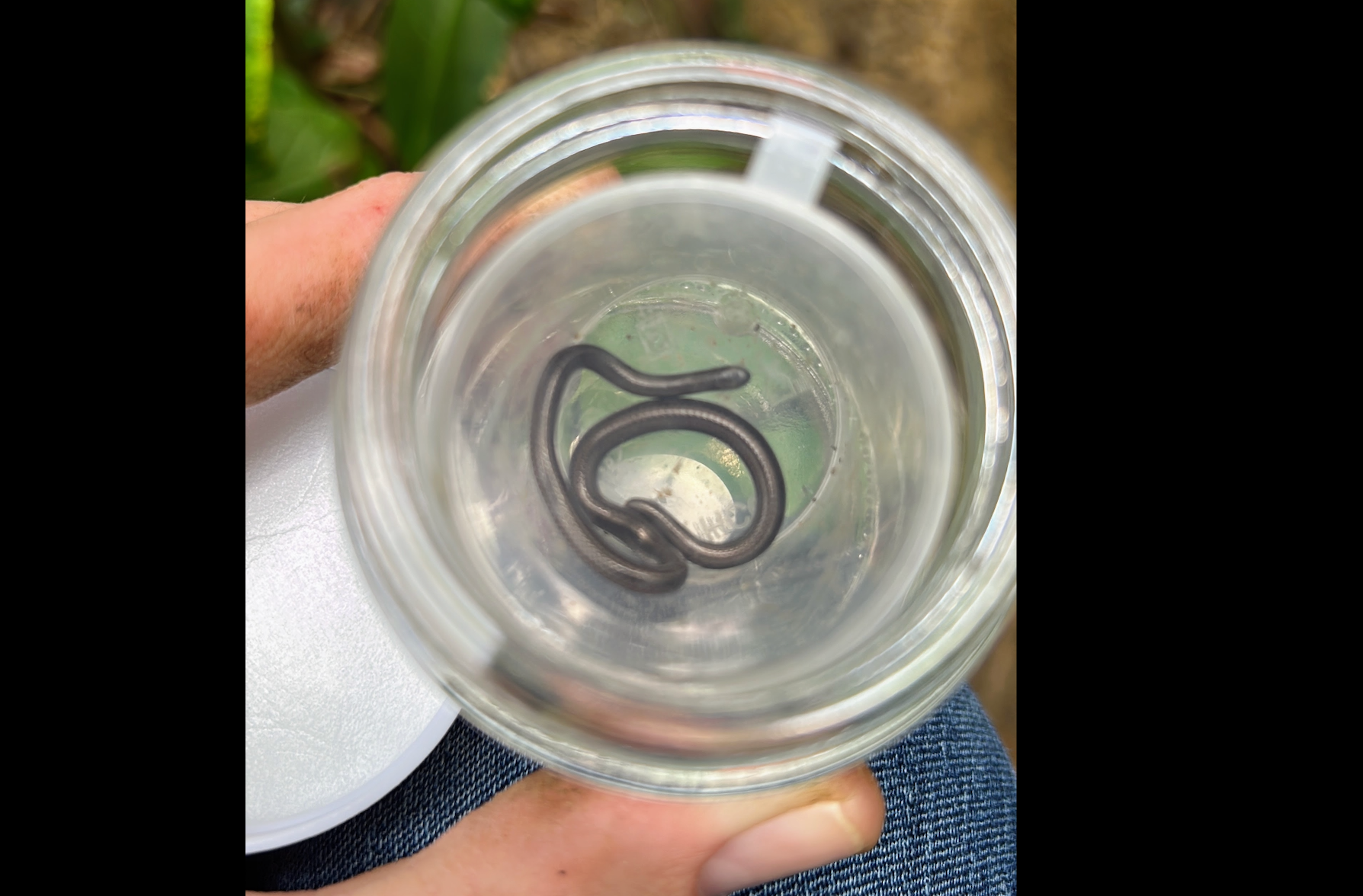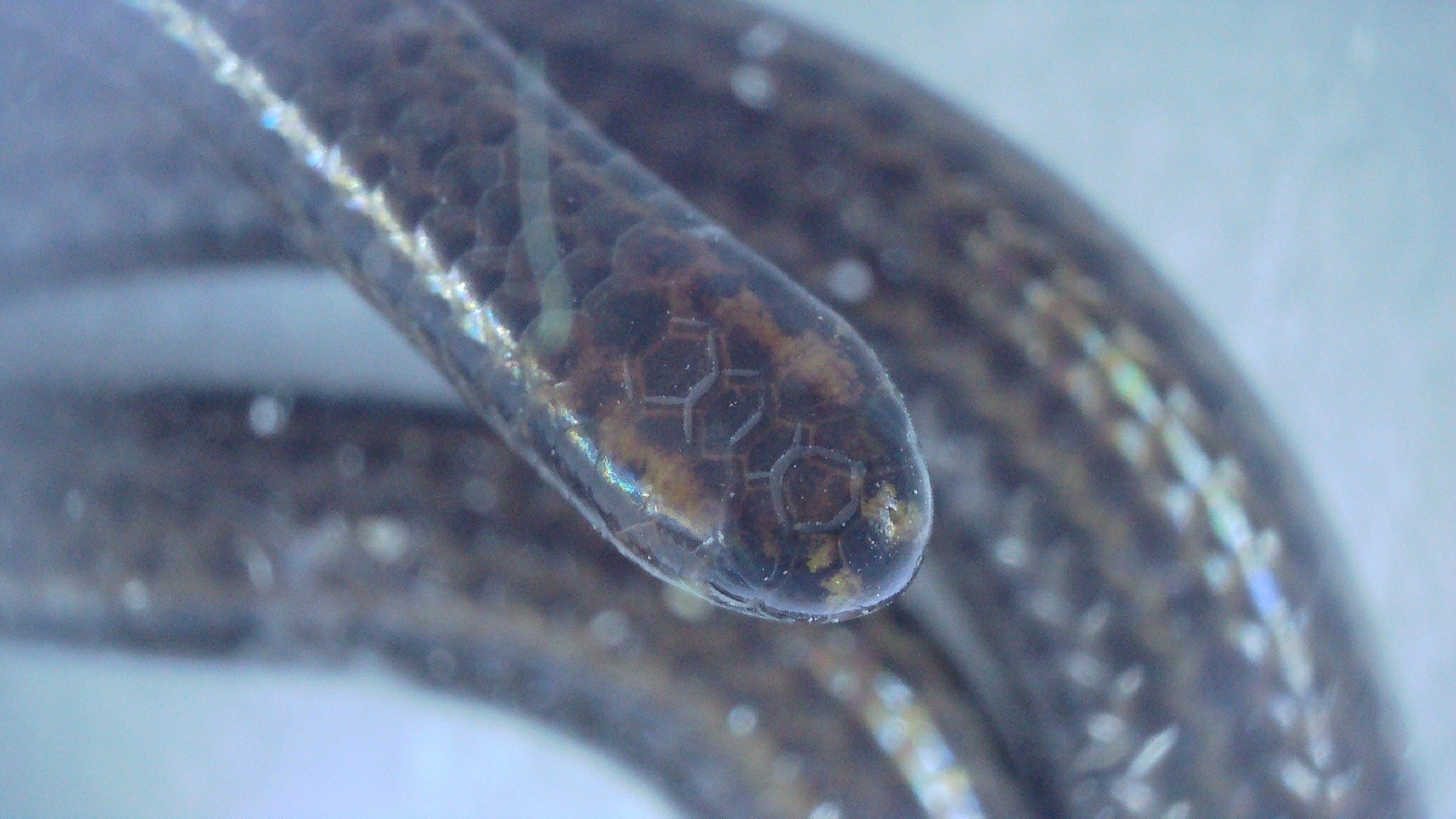Your support helps us to tell the story
From reproductive rights to climate change to Big Tech, The Independent is on the ground when the story is developing. Whether it’s investigating the financials of Elon Musk’s pro-Trump PAC or producing our latest documentary, ‘The A Word’, which shines a light on the American women fighting for reproductive rights, we know how important it is to parse out the facts from the messaging.
At such a critical moment in US history, we need reporters on the ground. Your donation allows us to keep sending journalists to speak to both sides of the story.
The Independent is trusted by Americans across the entire political spectrum. And unlike many other quality news outlets, we choose not to lock Americans out of our reporting and analysis with paywalls. We believe quality journalism should be available to everyone, paid for by those who can afford it.
Your support makes all the difference.Read more
After nearly two decades the world’s tiniest snake has been rediscovered.
The Barbados threadsnake was previously featured on a list of 4,800 plant, animal and fungi species described as “lost to science” – having last been seen in 2006.
The tiny reptile is blind, burrows in the ground, eats termites and ants and lays one single, slender egg. Fully grown it only measures up to four inches.
Due to the lengthy time without being seen, scientists previously feared the Barbados threadsnake had become extinct. It has only been seen a handful of times since 1889.
But those fear were allayed by Connor Blades, a project officer with the Ministry of Environment in Barbados, one morning in March this year, while out searching a tiny forest in the eastern Caribbean island.

open image in gallery
A Barbados threadsnake was found by scientist Connor Blades earlier this year, having not been seen for nearly 20 years and feared extinct (Connor Blades/Re:wild via AP)
“After a year of searching, you begin to get a little pessimistic,” Blades said.
The snake is too tiny to identify with the naked eye, and can fit comfortably on a coin. Blades placed the reptile in a small glass jar and added soil, substrate and leaf litter before heading to a lab to double check his find.
“It was a struggle,” Blades said, adding that he shot a video of the snake and finally identified it thanks to a still image. “I tried to keep a level head.”
The Barbados threadsnake – which has pale yellow dorsal lines running through its body, and eyes located on the side of its head – may often be confused for a Brahminy blind snake, also known as the flower pot snake, which is a bit longer and has no dorsal lines.
The Re:wild conservation group, which is collaborating with the local environment ministry, announced the rediscovery of the Barbados threadsnake Wednesday.

open image in gallery
The tiny reptile is blind, burrows in the ground, eats termites and ants and lays one single, slender egg. Fully grown it only measures up to four inches (Connor Blades)
open image in gallery
The Barbados threadsnake – which has pale yellow dorsal lines running through its body, and eyes located on the side of its head – may often be confused for a Brahminy blind snake, also known as the flower pot snake (Connor Blades)
“Rediscovering one of our endemics on many levels is significant,” said Justin Springer, Caribbean program officer for Re:wild who helped rediscover the snake along with Blades.
“It reminds us that we still have something important left that plays an important role in our ecosystem.”
“They’re very cryptic,” Blades added. “You can do a survey for a number of hours, and even if they are there, you may actually not see them.”
The first person to identify the Barbados threadsnake as its own species was S. Blair Hedges, a professor at Temple University and director of its center for biology. In 2008, Hedges’ discovery was published in a scientific journal, with the snake named Tetracheilostoma carlae, in honor of his wife.
open image in gallery
The Re:wild conservation group, which is collaborating with the local environment ministry, announced the rediscovery of the Barbados threadsnake Wednesday (Connor Blades/ Re:Wild)
“I spent days searching for them,” Hedges recalled. “Based on my observations and the hundreds of rocks, objects that I turned over looking for this thing without success, I do think it is a rare species.”
At that time, in June 2006, there were only three other such specimens known at the time: two at a London museum and a third at a museum collection in California that was wrongly identified as being from Antigua instead of Barbados, Hedges said.
Hedges said he didn’t realize he had collected a new species until he did a genetic analysis. “The aha moment was in the laboratory,” he said, noting that the discovery established the Barbados threadsnake as the world’s smallest-known snake.
Scientists hope the rediscovery means that the Barbados threadsnake could become a champion for the protection of wildlife habitat.
